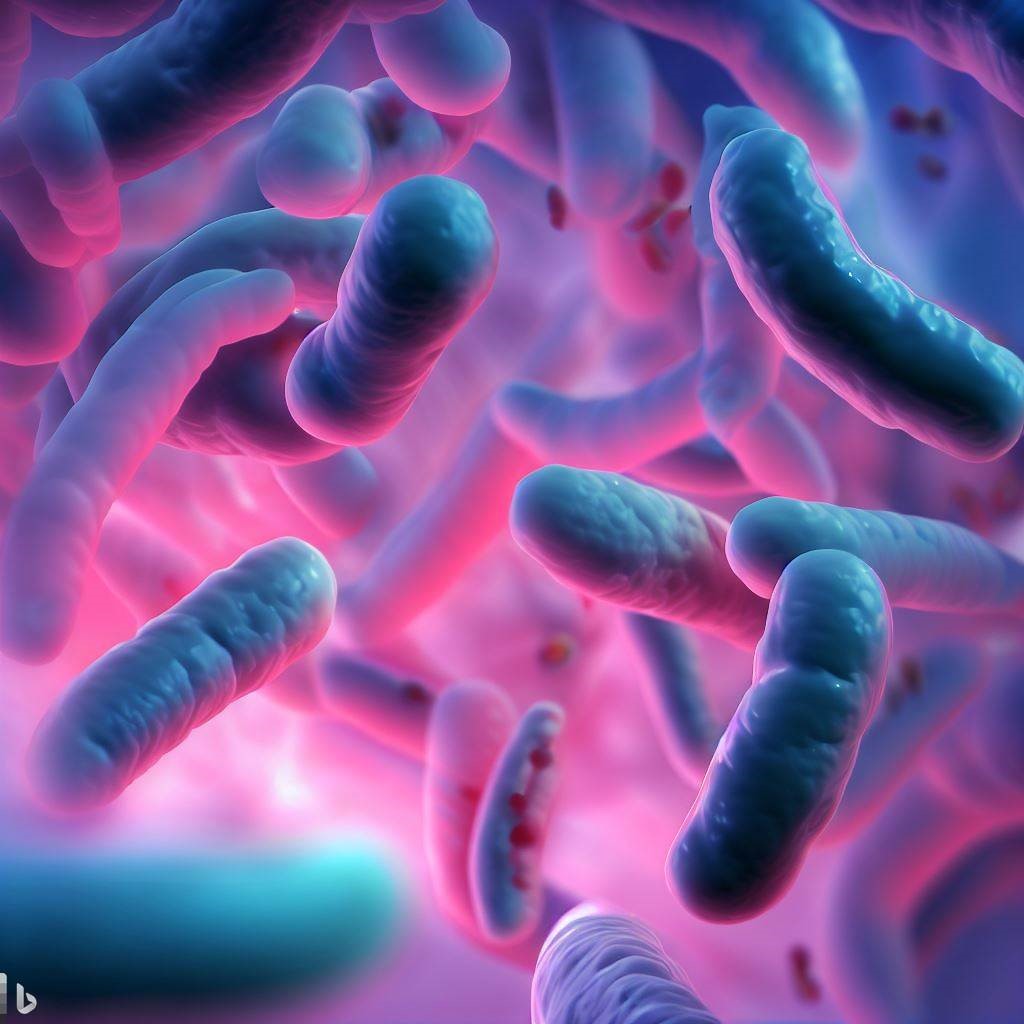A new trend is emerging in the world of fermented drinks – brewing hard kombucha. This alcoholic variant of kombucha, often brewed with brewer’s yeast, offers a unique twist to the traditional drink. This comprehensive guide will delve into the process of brewing hard kombucha, focusing on the use of brewer’s yeast. NOTE THIS IS FOR THOSE 21 YEARS OF AGE AND OLDER.
The Ultimate Guide to Brewing Hard Kombucha with Brewer’s Yeast
Hard kombucha differentiates itself from regular kombucha through its alcohol content. While regular kombucha contains less than 0.5% Alcohol by Volume (ABV), making it non-alcoholic by FDA standards, hard kombucha boasts an ABV of 0.5% to 8%. This higher alcohol content results from a more extended or modified fermentation process, often involving additional yeast and sugar.
The Role of Brewer’s Yeast in Hard Kombucha
Brewer’s yeast plays a crucial role in the fermentation process of hard kombucha. We prefer using Safale US 05 yeast for a bubbly, beer like brew. It consumes the sugars in the sweet tea base, converting them into alcohol. The yeast concentration is highest during the first fermentation, making it the most potent phase of the brewing process. Using the starter tea from the bottom of a brew, rich in yeast and other SCOBY sediments, can result in a higher ABV.
Brewing Hard Kombucha: A Step-by-Step Guide
1. Preparation: Start by preparing your sweet tea base. Combine one cup of sugar with four cups of water and eight bags of tea. Allow the tea to steep until it cools to room temperature.
2. First Fermentation: Add your SCOBY and two cups of starter tea to the sweet tea base. Cover the container with a cloth and secure it with a rubber band. Allow the mixture to ferment in a dark, room-temperature location for 7-10 days.
3. Second Fermentation: After the first fermentation, strain the kombucha into a jar, leaving behind the SCOBY and about two cups of the liquid for your next batch. At this point, add your brewer’s yeast and additional sugar (1 cup of cane sugar per gallon of brew) to boost the alcohol content. Seal the jar with an airlock seal jar and let it ferment for another 2-3 weeks.

4. Third Fermentation (Optional): This stage is where you can add flavors to your hard kombucha. Add fruits, herbs, or spices, then seal the kombucha to form carbonation. This process will make your kombucha fizzy.
5. Bottling: Once the second (or third) fermentation is complete, it’s time to bottle your hard kombucha. Use a funnel to pour the kombucha into bottles, leaving about an inch of headspace. Seal the bottles and refrigerate them.
6. Enjoy: Your hard kombucha is now ready to enjoy! Remember, the alcohol content can vary, so consume responsibly.
Tips for a Successful Hard Kombucha Brewing Journey
As you embark on your hard kombucha brewing journey, keep these tips in mind to enhance your experience:
- Maintain a clean brewing environment: Clean and sanitize all equipment before and after each batch to prevent contamination and off-flavors.
- Keep records and notes: Document the ingredients, measurements, fermentation times, and flavor outcomes for future reference and recipe improvements.
- Experiment and adapt recipes: Don’t be afraid to try new tea blends, flavor combinations, or fermentation techniques. Embrace the journey of discovery and refinement.
Troubleshooting Common Issues in Hard Kombucha Brewing
While brewing hard kombucha, you might encounter a few challenges. Here are some common issues and ways to address them:
Mold and Contamination Prevention
Mold growth is a potential concern during fermentation. To prevent contamination:
- Maintain proper hygiene and cleanliness throughout the process.
- Use sanitized equipment and avoid touching the SCOBY or tea with bare hands.
- Cover the brewing vessel with a breathable cloth or coffee filter to allow airflow while preventing dust and insects from entering.
- If you notice any signs of mold, discard the batch and start fresh with a new SCOBY.
Addressing Acidity and pH Imbalances
Sometimes, hard kombucha can become overly acidic or have imbalanced pH levels. To address this:
- Monitor the taste regularly during fermentation and secondary fermentation.
- If the kombucha tastes too acidic, reduce the fermentation time or dilute it with plain water before consuming.
- To balance the pH, you can add small amounts of baking soda or calcium carbonate, but do so cautiously, as it can affect the flavor profile.
Dealing with Low Carbonation or Excessive Fizziness
Carbonation levels can vary from batch to batch. If your hard kombucha lacks carbonation:
- Extend the secondary fermentation period to allow more time for carbonation to develop.
- Ensure a proper seal on the bottles during secondary fermentation to prevent gas from escaping.
- If the fizziness is excessive and the pressure builds up too quickly, consider using stronger bottles designed for carbonation or burp the bottles more frequently during secondary fermentation.
Conclusion
Brewing hard kombucha with brewer’s yeast is a rewarding process that allows you to enjoy a unique, homemade alcoholic beverage. With patience, precision, and a bit of creativity in the flavoring stage, you can create a delicious and personalized drink. So why not take your kombucha brewing to the next level and try making hard kombucha? Need a refresher, check out our QuickStart Guide!
FAQ – Brewing Hard Kombucha

Q1: Is brewing hard kombucha legal?
Yes, brewing hard kombucha is legal in many countries, including the United States. However, it’s important to be aware of the specific alcohol content regulations in your region.
Q2: Can I use store-bought kombucha as a starter for hard kombucha?
While it’s possible to use store-bought kombucha as a starter, it’s recommended to use a commercially produced scoby and starter liquid specifically designed for hard kombucha brewing. This ensures consistent results and minimizes the risk of contamination.
Q3: How long does the brewing process take?
The brewing process for hard kombucha typically takes around 2 to 4 weeks, depending on various factors such as temperature, desired alcohol content, and flavor development. It’s important to monitor the fermentation process regularly to achieve the desired balance of flavor and carbonation.
Q4: Can I use alternative sweeteners instead of sugar?
While sugar is the most commonly used sweetener in kombucha brewing, you can experiment with alternative sweeteners like honey or maple syrup. Keep in mind that different sweeteners may affect the fermentation process and final flavor profile, so it’s recommended to start with small batches and adjust accordingly.
Q5: How do I know if my hard kombucha has gone bad?
Signs of spoiled hard kombucha include an unpleasant odor, mold growth, or a slimy texture. If you notice any of these signs, it’s best to discard the batch to avoid potential health risks. It’s important to practice proper sanitation and hygiene throughout the brewing process to prevent contamination.
Thanks for reading our GMK Blog Post on Brewing Hard Kombucha. Read our other articles:









